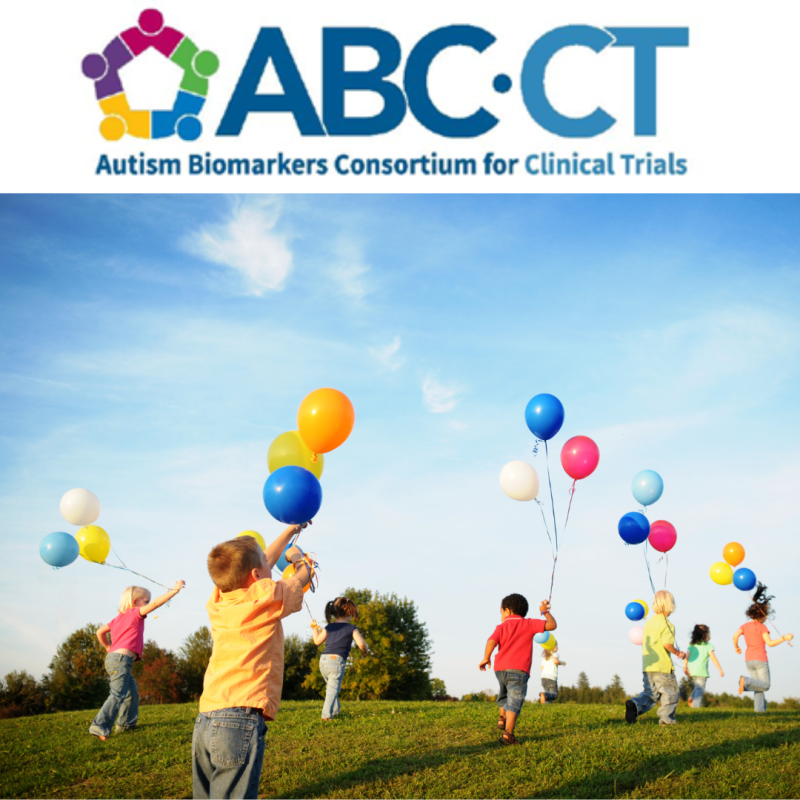
Researchers at the Duke Center for Autism and Brain Development continue the search for an objective brain-based measure linked to autism in a second round of studies led by Yale University. Harvard, the University of Washington, and the Children’s Hospital of Los Angeles are also part of the study.
Together they are identifying objective indicators linked to autism by measuring brain activity and eye gaze patterns in elementary school age and adolescent autistic and neurotypical children. The ABC Social Development study is finishing up the second phase of the study with the goal of confirming that the same findings identified in the first round of funding can be seen in a new group of participants. The study team is now embarking on a new phase of the study, aiming to find out whether it’s feasible to measure the same brain activity in preschool age children.
The original study focused on a specific location of electrical activity in the brain measured by electroencephalogram (EEG), called the N170. The N170 assesses how quickly (in milliseconds) we identify faces. “There is measurable activity in that part of the brain when you first see a face,” said Marika Coffman, PhD, a faculty member at the Duke Center for Autism and Brain Development, who co-leads the Duke team with Geraldine Dawson, PhD. Researchers found that many of the autistic children had slower N170’s, meaning that their brain responded more slowly when viewing faces compared to their neurotypical peers. Face processing is important for reading social cues such as facial expressions.
The researchers also studied children’s attention patterns when viewing social and non-social scenes using eye tracking technology. They found that autistic children looked less at the social parts of the videos compared to neurotypical children.
Both the EEG and eye-tracking biomarkers have been submitted to the Food and Drug Administration Biomarkers Qualification Program. Researchers hope that the results of the study will provide information necessary to move these indicators forward in the qualification process. Qualification of a biomarker with the FDA would encourage future clinical trials to incorporate the N170 and eye-tracking test when evaluating new therapies for autism. The biomarker could be used to identify which children are more likely to benefit from an intervention, for example.
Now the Duke team is moving on to a feasibility study for preschool children between 3-5 years old. This phase of the project aims to see if the same measurements hold true at this younger age, and to find out just how early we can reliably identify brain-based biomarkers using EEG and eye-tracking measures. Earlier identification is critical for helping connect families to important services and support.
“We’re excited about working with the preschoolers.” said Coffman. “We’re learning facts about visual attention, facial recognition, and how those processes mature over time in both autistic and neurotypical children. We hope that our work will help us design better clinical trials evaluating new interventions for autism.”